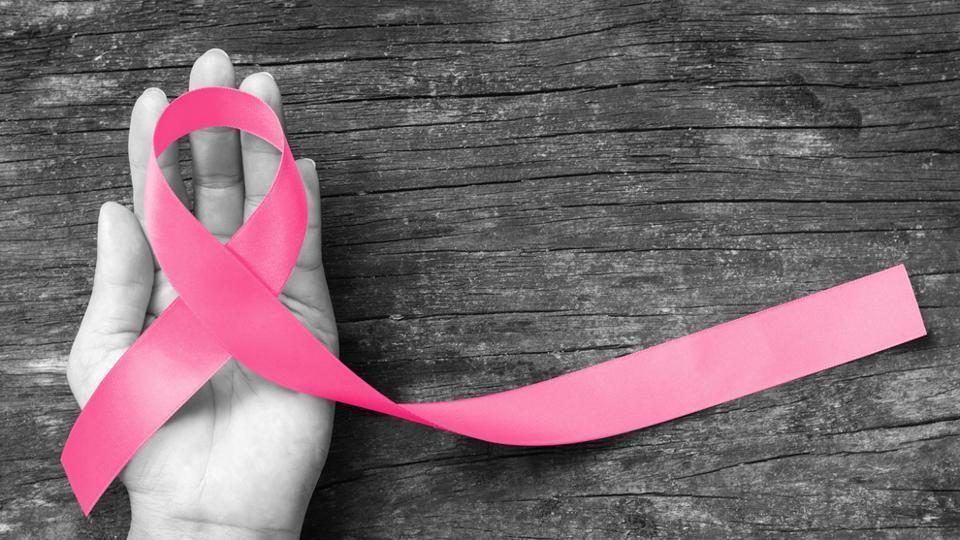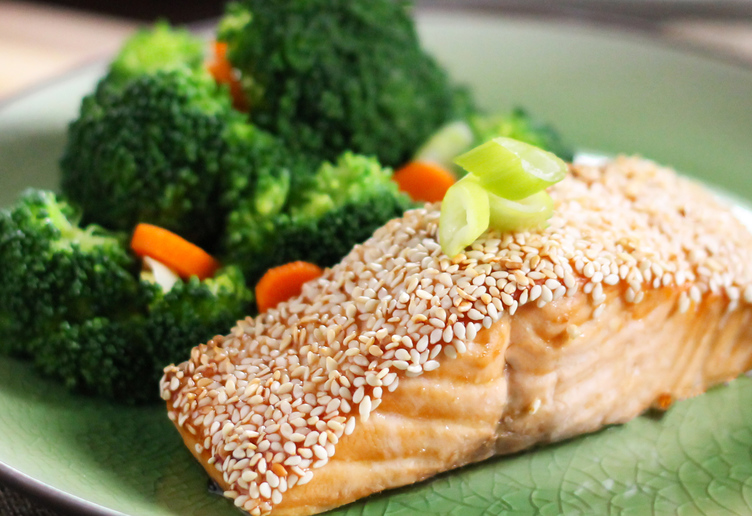Breast cancer, like other cancer, is very dangerous and signs or symptoms must be readily known so that the necessary actions can be taken to prevent it in its early stages. It is equally important to know some of the protective measures to be undertaken by individuals, especially women who are the most targeted culprits of this unfortunate disease.
One of the noticeable signs of potential breast cancer is the apparent changes noticed in the appearance, size and shape of the breast. When a woman quickly notices that the size and shape of one or both breasts have increased superficially and/or abnormally, she must treat it as a matter of urgency to visit the health facility for a prompt examination or test for the disease. Also, since breast cancer is mostly formed as a result of clusters of divided cells that form lumps in the breast, as soon as a woman recognises those lumps or thickening which is somewhat different from the surrounding regions of the breast, she must consult a health professional for screening and examination for the disease. This is not to say that every lump or lumps evident in the breast are indications of cancer of the breast since some are normal and do not alarm a development of the disease.
In addition, discharges or fluids from the nipples of the breast that sometimes contain blood and/or give a pungent scent can be an early sign of the infection and must be a source of worry that needs immediate attention by a physician. Moreover, any unusual changes in the skin of the breast region such as dimpling or redness of the skin in the breast area need an early attention for possible contraction of the disease.
Furthermore, a newly inverted nipple as well as peeling or flaking of the breast skin is early potential signs of breast cancer infection. When a woman notices the formation of a lump or swelling in the armpit that causes severe pain that extends to the breast region, she has to visit a health facility for an examination for possible breast cancer infection.
Studies have shown that some practices and diets can serve as potent barriers to resist breast cancer infection. For instance, regular exercises of the body which lasts for barely half an hour five times in a week is seen to curtail possible infection. This is due to the fact that regular exercise burns and lowers the oestrogen and testosterone levels that make women susceptible to the disease. Also, the calories in the fatty diet are also rid off since it is a potential driver for the infection.
Also, women who engage in breastfeeding are likely vulnerable to the breast cancer infection. This is so because, in the breastfeeding state, the ovaries of the woman rarely produce eggs that may cause ovarian cancer in the breast. In addition, breastfeeding regular alters the breast cells, making them resilient to any potential cancerous condition in the breast region. This may probably be an explanation for the higher number of breast cancer cases in women in developed countries in comparison with those in developing countries. This is justified because women in developing countries give birth more often to the higher number of children and thus, prolonged breastfeeding period, unlike the women in developed countries who give birth to few children, reducing their breastfeeding period, making them more susceptible to breast cancer attacks.
Research has shown that there are some diets that can reduce the risk factors associated with breast cancer. It is estimated that good dietary choice can prevent nine out of every hundred cases of breast cancer. Thus, as a protective measure, women must take in those diets to form a high resilience toward the disease. The intake of monosaturated and poly saturated fats in vegetable and olive oils as against animal fats protects women from the infection. In addition, the eating of more fibrous meals like wheat and cereals builds up the immune system against possible cancer of the breast. The eating of a lot of fruits and vegetables on a regular basis can also protect women from the disease.
The heavy intake of sugar with a high concentration of fructose has been noted as weakening the protection of women against breast cancer. Therefore, women especially must reduce the quantity of sugar in their diet. Studies have revealed that Vitamin D and Iodine are good fighters against the disease. As such, women must eat meals with higher ratios of iodine and vitamin D to build a strong resilience against any form of cancer development in their breasts.
Finally, women must endeavour to go for regular screening and examinations regarding breast cancer in hospitals. Allotting time for such health check pays off greatly because it aids in identifying symptoms at their formative or early stages and potential cure that is far less expensive. With the advent of technology, there is a pool of breast screening technological devices in health facilities such as the 3D Mammography with Tomosynthesis, 4D Ultrasonography, Vacuum-assisted Biopsy and others that can detect every unusual lump formation or signs in the breast region that may inure to the development of cancer. Women with high-risk factors for breast cancer must take advantage of special counselling services on the disease championed by many health agencies and NGOs. Individually in their personal homes, women can undertake self-examination through a simple lymphatic breast massage and report any abnormal situations to a professional health personnel for speedy attention, advice and cure.
Breast cancer is taking a toll on the vibrant, productive women of societies, mitigating the expected socio-economic development the entire globe yearns for. Therefore, there is the need to eradicate this disease which has been a bane of development from the globe. Women must respond swiftly to symptoms of breast cancer for early detection and cure to save the army of women globally whose indispensable contributions change the face of the world, making it a good haven to live.




